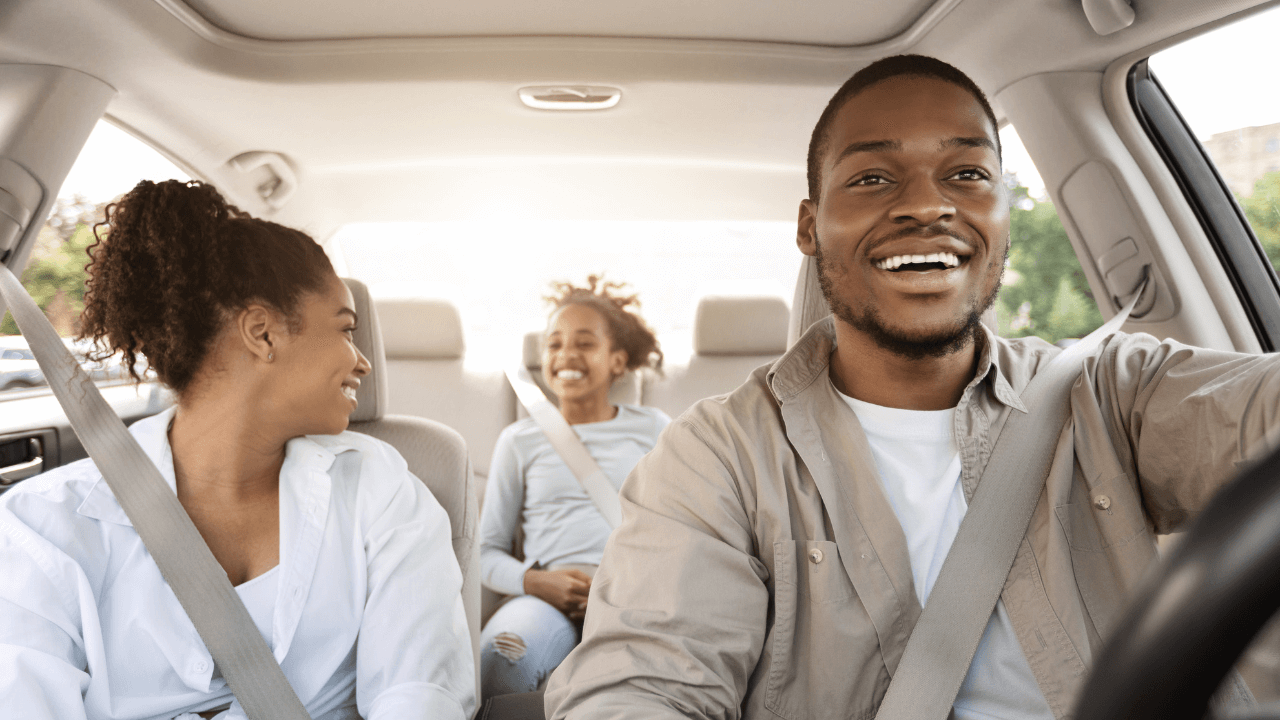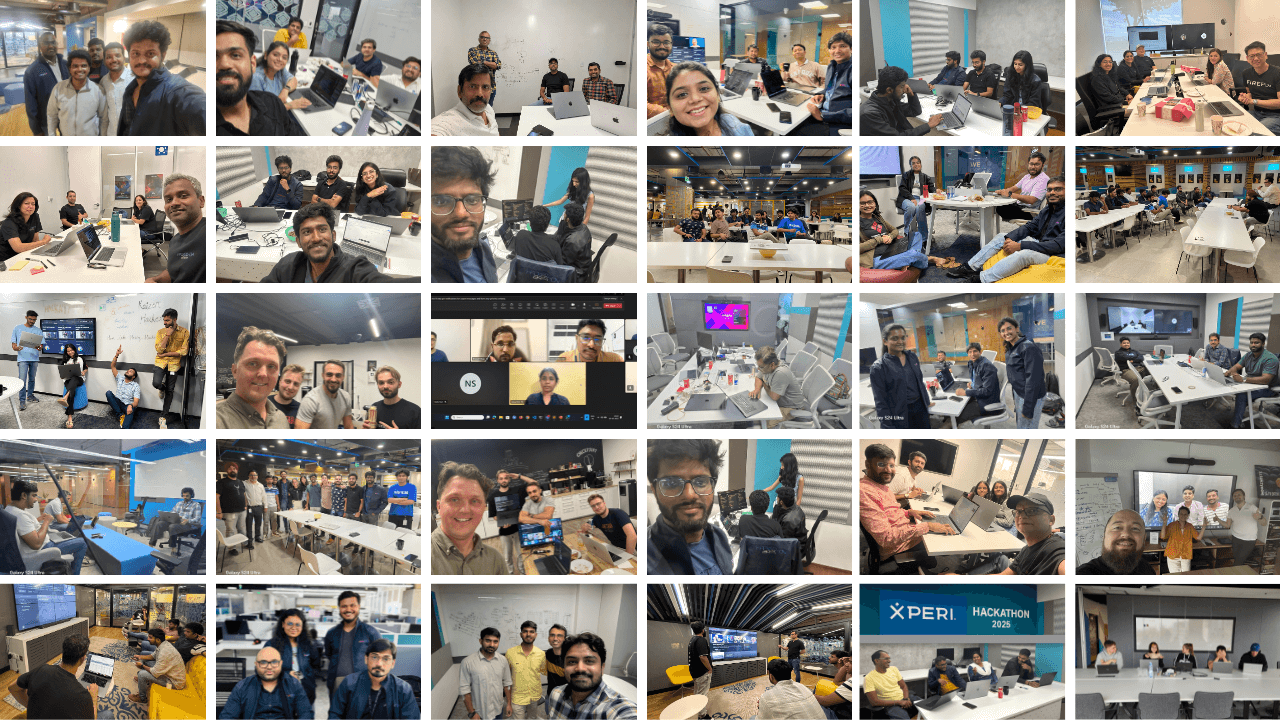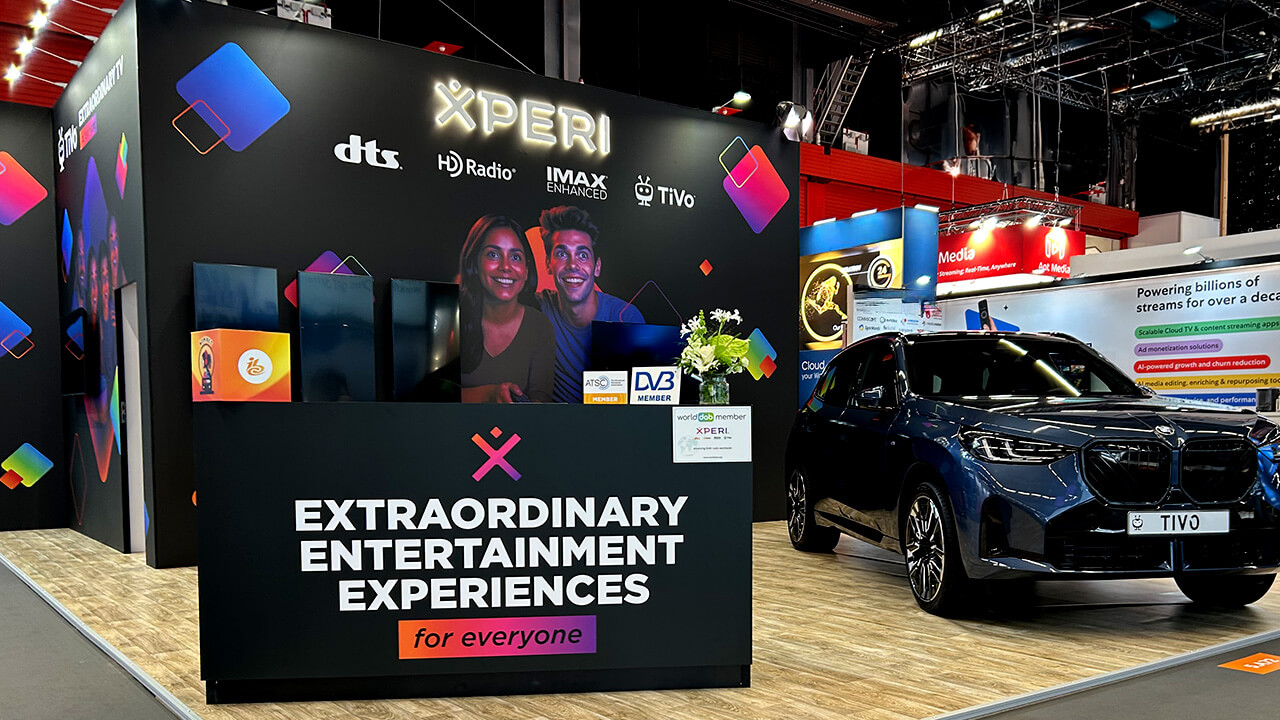Radio and audio continue to dominate as the most important media in-vehicle. Recent data shows that radio remains the most consumed medium in the car, with 88% of car owners listening to audio in-vehicle. AM/FM radio holds an in-car listening share of 86% and it is a top consideration in vehicle purchases. So, one might argue, that is all a broadcaster needs to know — audio and radio rule in-vehicle, job well done!
Well, yes, but it also should be argued that today there is no such thing as one medium, that content is breezily crossing platforms with little regard for traditional formats, and that is becoming as true inside the vehicle cabin as outside it.
Case in point: video usage has risen from 31% of consumers watching it in the vehicle in 2022 to 47% in 2024, which makes sense as consumers are also increasingly (52%) showing interest in having video-capable screens in the front cabin and consider screens important to have in their next car. And don’t just take it from the consumer, forward-thinking automakers from Mercedes to BMW are implementing front passenger screens, all of which will practically demand video content that can be consumed by passengers when the car is in motion.
Meanwhile, EVs — with their recharging stops — and the increasingly near-horizon of autonomous vehicles, are all poised to impact the growth of video viewing in-vehicle. In fact, driverless Waymo vehicles are taking over the roads in LA, San Francisco and more, with passengers already able to stream on the vehicle passenger screens…is it just a matter of time before video is enabled?
So, yes,radio/audio still rules, but don’t be fooled. There is no such thing as a singularly audio-centric dash anymore. Video, and even gaming, are also playing their parts in the in-vehicle media ecosystem, and it is highly unlikely that any retreat from today’s screen-heavy dashboard to the limited content sources of old is underway. A piece of research, no doubt commissioned to support podcast viability, underscores that while consumers report ‘greater involvement’ watching video, they had a stronger visceral reaction to audio — i.e., both are important. And neither can be ignored.
This is not bad news for broadcasters, especially if, rather than thinking audio-first or video-first, their approach is content-first. Consumers often search for content, then channel — and if there is one thing broadcast radio can excel at, it is providing relevant, locally-oriented content.
The fact is most radio stations are already crossing platforms, and have been for a long time, through their social media presences — which today are not only access points for consumers to listen to the station’s broadcast content, but also a means to dig into a multitude of ancillary content, including, in many cases, video clips. All this activity can increase listener engagement and loyalty, provide more monetization opportunities and extend reach as content bubbles across social media, not unlike the way it bubbles across an in-vehicle infotainment platform.
We need look no further than the array of video content on the websites of radio icons such as KROQ, with interviews, performances, live shows and more, and KDKA, with live video streams, to scratch the surface of the goldmine of content opportunities video offers to radio. Perhaps another way to view the in-vehicle video opportunity is to think of the in-dash infotainment platform as you would the website — already rich with metadata, lyrics, visuals, with video an extension of that.
The good news is that our research shows that consumers prefer short-form video content (about twenty minutes) in the vehicle, which means broadcasters don’t have to worry about competing with slickly produced streaming movies or series. In fact, if TikTok is emblematic, the shorter and more informal, the better. If your station has a website and is already doing social media, then you are probably doing reels on Facebook or Instagram — snackable video of your existing content to push engagement that is as watchable on a vehicle screen as it is on a laptop or phone.
But even if you are a small station, with limited resources and no social media maven driving engagement, today’s demands for video production quality are not onerous — is a local councilman in-studio to discuss a community issue? Just a few enhancements to the iPhone and it is video-ready. Many of today’s top podcasts also broadcast video (think Joe Rogan or Good Hang with Amy Poehler or Club Random), with broad acceptance of their varying levels of sophistication — some Zoom-basic, others with higher production values. But there is nothing new here, ‘video-ing’ radio (or simul-casting) goes way back, think about Howard Stern’s radio show in the 90s…or go really far back for the first recorded simulcast, which (or so AI tells me) was a symphony concert by the BBC in 1926!
This is not to say that radio will cease being audio-first, with revenue continuing to arrive based on audio-listening, but do you want to lose the opportunity to reel in those video-first or video-second engagers? At the end of the day, a radio programming manager’s mandate is to make content compelling enough to find, engage and maintain an audience — video simply offers an extra tool with which to do this. Yes, ideally, you want an audience who does nothing but listen to your station all day long, but in our fractured media world, this is less and less likely; so, doesn’t it make sense to have another bite of the apple through video?
What if a driver is listening to your station, then stops to recharge, or to wait for their kid’s football game to be over or their partner to finish shopping and opts for video on the console screen? Wouldn’t it be a positive if they could stay seamlessly with your station to watch a video interview with the artist they were listening to, or an in-studio concert of that artist, all from your existing inventory? Or, if it is talk content, a live video feed of the current show? Or, turning that on its head — if that driver has not been listening to your station, but, when stopped, searches for an artist or a topic and discovers video content from your station, the odds are pretty good that once on the road again, he/she will continue listening to your station’s audio feed.
It just makes sense.
At Xperi, we are fighting every day to keep radio front and center in the vehicle dashboard, but that dash of the future also includes video. And, by the way, that future is here, with terrific opportunities for radio stations to leverage the wealth of video content that currently exists in their libraries or to bolster future audio content with new video; not to replace over the air offerings with video, but to enhance, extend, and deepen station engagement and reach radio audiences exactly where most of them are listening: in the vehicle, with the content and format they want, whether the vehicle is stopped or on the go.
Stay up to date on the latest technology and insights from DTS here.



